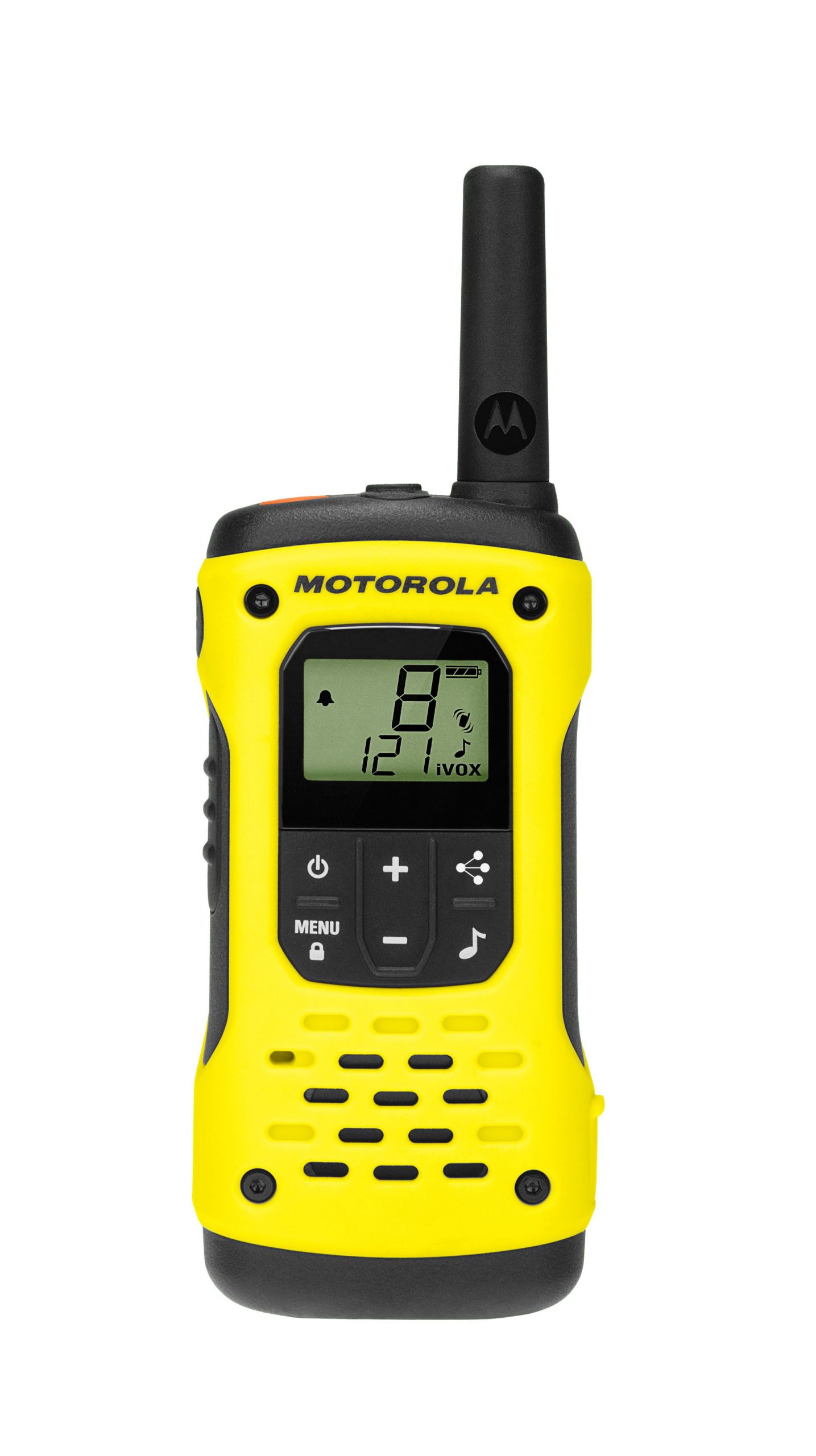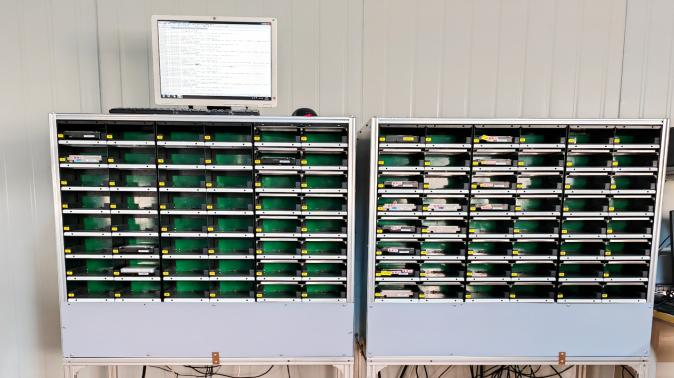
In today's interconnected world, radio communication plays a vital role in enabling seamless communication across vast distances. From broadcasting news and entertainment to facilitating emergency services, radio communication has revolutionized the way we communicate. But have you ever wondered how this remarkable technology actually works? In this article, we will delve into the intricacies of radio communication, exploring the underlying principles and technologies that make it all possible.
- The Basics of Radio Waves:
At the heart of radio communication lies the transmission and reception of radio waves. These waves are a form of electromagnetic radiation, characterized by their frequency and wavelength. Radio waves are generated by an antenna, which converts electrical signals into radio frequency waves. These waves then propagate through the air, carrying information in the form of modulated signals. - Modulation Techniques:
To transmit information effectively, radio waves need to be modulated. Modulation is the process of varying certain properties of the radio waves, such as amplitude, frequency, or phase, to encode the desired information. There are various modulation techniques used in radio communication, including amplitude modulation (AM), frequency modulation (FM), and phase modulation (PM). Each technique has its own advantages and is suited for different applications. - Transmitters and Receivers:
Radio communication involves two main components: transmitters and receivers. Transmitters are responsible for generating and transmitting radio waves, while receivers capture and decode these waves to extract the original information. Transmitters consist of oscillators, modulators, and amplifiers, which work together to produce modulated radio signals. Receivers, on the other hand, employ antennas, filters, demodulators, and amplifiers to extract the original information from the received signals. - Propagation and Signal Quality:
Radio waves propagate through the air and encounter various obstacles and interference along the way. Understanding how radio waves propagate and how to mitigate signal degradation is crucial for ensuring reliable communication. Factors such as frequency, distance, atmospheric conditions, and physical obstructions can affect signal quality. Techniques like antenna design, signal amplification, and error correction algorithms are employed to enhance signal strength and minimize interference. - Advancements in Radio Communication:
Over the years, radio communication has witnessed significant advancements. From the early days of analog communication to the modern digital era, technologies like software-defined radios (SDRs) and cognitive radios have revolutionized the field. These advancements have led to improved efficiency, increased bandwidth, and enhanced security in radio communication systems.
Conclusion:
Radio communication is a fascinating field that has transformed the way we communicate. By understanding the underlying principles and technologies, we gain a deeper appreciation for the wonders of radio communication. From the generation and modulation of radio waves to the propagation and reception of signals, each aspect plays a crucial role in enabling seamless communication across vast distances. As technology continues to evolve, we can expect even more exciting developments in the field of radio communication.


